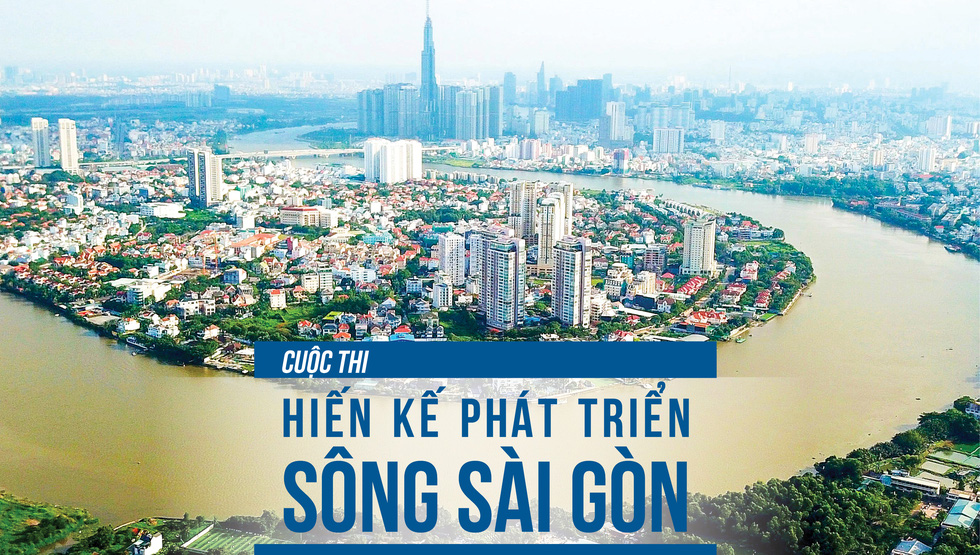Editor's note: This story is written by Ton That Tho, in response to the ‘Saigon River Development Plan’ contest, an open forum for readers to contribute their ideas and solutions to develop the Saigon River and surrounding urban areas in Ho Chi Minh City.
The contest is co-organized by Tuoi Tre (Youth) newspaper on the occasion of this year’s Reunification Day (April 30),
In many cities around the world, the rivers flowing through them are usually turned into a distinctive symbol and a favorable environment for multi-faceted development.
In Ho Chi Minh City, the winding Saigon River created multiple peninsulas located across the metropolis, namely An Phu Dong, Hiep Binh Phuoc, Thanh Da, Thao Dien, Old Tan Cang, Thu Thiem, Tan Thuan, and Thanh My Loi.
With proper planning, many riverside areas will contribute greatly to the development of the southern city.
The section of the Saigon River that flows through Ho Chi Minh City is unique and shaped like a dragon flying through the heart of the metropolis.
The large land plots along the river possess the potential for developing landscapes and functional precincts with rich cultural, historic, and tourism values.
However, many high-rise buildings have been mushrooming along the Saigon River banks in recent years.
Bach Dang Wharf, considered the center of the Saigon River, is currently home to a sunny and windy park that is not very attractive to visitors. Despite the renovations, the park is still short of green trees.
The place needs a new look with walkways, trees, yards, and lighting and portable watering systems.
In the long run, the city should focus on reorganizing the space and coming up with plans to preserve and promote the cultural and historic values, while easing traffic jams, tidal flooding, and environmental pollution.
It is necessary to attract more investment aimed at serving the community and exploiting services on both sides of the river, namely works with rich cultural and historical symbols, museums, food courts, souvenir shops, playgrounds, cultural houses, outdoor exhibitions, water music performances, and festival activities.
Authorities should also embellish and build more monuments to create an urban complex that is not only well-developed but also imbued with traditional, national, and historical identities.
The construction of riverside promenades should be harmonious with other works, with attention paid to flooding prevention and environmental improvement.
The land fund along the waterway offers great economic resources, thus regulations and policies should be applied to better manage the use of these resources.
It is important to collect ideas from many units on the basis of common interests, which will be integrated in a master plan in which the formation of ‘a cultural space’ along the river should be prioritized.
Like us on Facebook or follow us on Twitter to get the latest news about Vietnam!


















































